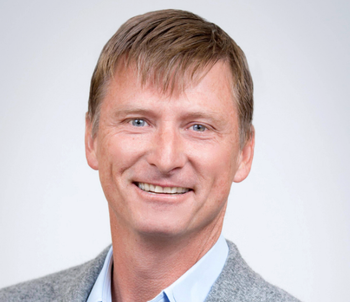
High Burnout Seen Among Cardiologists in COVID-19; Health Systems Fall Short
Survey findings show some health systems have fallen short in meeting cardiologists’ basic needs, with 41% saying they might cut back hours, change jobs or retire due to lack of health system support.
Burnout among healthcare workers during the COVID-19 pandemic has been well-documented, but cardiovascular clinicians appear to be particularly hard hit, according to a survey presented during the recent American College of Cardiology Scientific Sessions.
Burnout rose from 20% prior to the pandemic to 38% at the peak. All cardiology team members experienced burnout, which researchers said is not a surprise, said they were more likely to be with patients as they were near death.
Survey findings show some health systems have fallen short in meeting cardiologists’ basic needs, with 41% of participants saying they might cut back hours, change jobs or retire due to lack of health system support. They cited inadequate food, lodging, transportation, childcare and emotional support while caring for COVID-19 patients. As the pandemic hit the one-year mark in the United States, Kaiser Health News reported that more than
And at the same time, 41% reported financial stress, often due to pay cuts.
Half of the cardiovascular team members surveyed provided direct care to patients with COVID-19 but one in five said they lacked adequate personal protective equipment, or PPE. The team members surveyed included cardiologists, physician assistants, nurse practitioners, nurses, pharmacists, and imaging technologists.
To no surprise, burnout was highest among those who provided direct care.
“We know from previous studies that burnout is pervasive in cardiology and medicine in general, but we felt it was important to take the temperature of our colleagues amid the COVID-19 pandemic,” said Laxmi Mehta, MD, vice chair of wellness for the Department of Internal Medicine at the Ohio State University Wexner Medical Center and the study’s lead author.
“The prevalence of burnout among cardiovascular professionals nearly doubled when comparing pre- to peak COVID-19 levels. It clearly shows that there are lots of opportunities to improve the work environment; COVID-19 has really put a magnifying glass on the fact that things were bad and now have significantly worsened.”
The findings portend upcoming shortages in cardiovascular care, with some of this driven by COVID-19. Some plan to cut back on work hours (23%), retire early (13%), or leave their current practice (13%). The sentiments were highest among those feeling burnt out.
COVID-19 is driving force in the decision for some, with 17% of clinicians planning to reduce their clinical work hours, 12% planning to leave their current practice and 11% planning to retire due to COVID-19.
Unprecedented stress, long hours, less pay, and uncertainty are proving a toxic mix, the survey found.
“Health systems need to take steps to help ensure basic safety, financial and personal needs of cardiology clinicians especially in the wake of COVID-19,” Mehta said. “There are also still many unknowns with emerging variants and as our communities open more, some people are choosing not to get vaccinated, not to mention on top of the already taxed health systems, there are additional burdens of caring for patients with cardiovascular disease who delayed care and are now sicker than they would have been if they presented earlier.”
The mini-Z survey on burnout emailed to participants in November 2020 to 10,019 cardiologists, fellows-in-training and cardiovascular team members. A total of 1,288 people responded to the survey (456 U.S. and 436 international cardiologists, 128 trainees and 268 cardiovascular team members). Because peaks in COVID-19 disease activity differed by region, participants were asked to ask about feelings of burnout before COVID-19 and during the peak of COVID-19 where they lived and worked.
Of note, burnout was less severe among international professionals compared with cardiovascular team members in the United States.
“Burnout is a metric, but well-being is the goal and what we are striving for,” Mehta said. “While we are resilient, these results show that we really need to be focusing on fixing the work environment, including ensuring that we have enough PPE, feeling valued and safe at work, improving team dynamics and efficiencies, which are all essential whether there is COVID-19 or not. Organizations need to focus on improving workforce care not just patient care.”
One limitation of the survey is that it asked respondents to use their own definition of burnout. Mehta said the research team will dig into the data to gain insights of differences by gender and career stage.







































